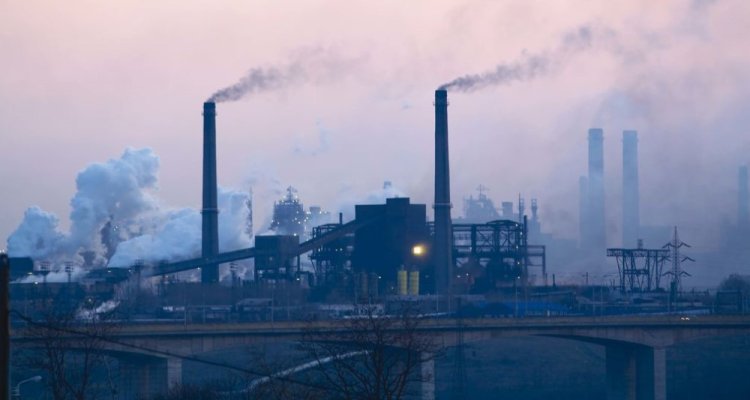
News
Method for assessing progress on Paris climate goals
Scientists propose a new method for assessing progress toward the Paris Agreement's climate goal - limiting global temperature rise to 2 degrees above pre-industrial levels and pursuing efforts to achieve 1.5 OC above preindustrial levels. The research was led by the European Commission's Joint Research Centre (JRC) and published in Nature Climate Change.
Inconsistencies between the land use CO2 estimates of the national greenhouse gas (GHG) inventories and those of the global models can lead to inaccuracies in such assessment. The study reconciles the different land-use GHG estimates by “translating” the results of global models into figures comparable to countries’ GHG inventories. The findings of the study are relevant for the global carbon modelling community (including the Intergovernmental Panel on Climate Change- IPCC) and for the Global Stocktake (the periodic assessment of collective climate progress starting in 2022 under the Paris Agreement)
Discrepancy between model estimates and country reporting
Under the Paris Agreement, countries agreed to keep the increase in global temperature to well-below 2OC relative to pre-industrial times and, to this aim, shall reach a “balance between anthropogenic GHG emissions and removals in the second half of this century”.
Countries, using national GHG inventories, monitor national emissions using agreed IPCC methodologies, while global models (called Integrated Assessment Models) use different methods to estimate future emission pathways consistent with the temperature goal. Their different approaches led to different estimates of the ‘anthropogenic’ land CO2 removals, as if they were speaking different languages.
The magnitude of this difference – equalling today around 5 Giga ton of CO2 emissions, and reducing over time with high-ambition emission reduction scenarios – complicates the task of assessing collective climate progress under the Paris Agreement’s Global Stocktake. In this process, the collective countries’ GHG estimates will be compared to what science suggests as necessary to stay to well-below 2OC. Speaking the same language, namely having comparable data, is, hence, crucial.
Calibrating different languages to make estimates comparable
The new study combines key expertise from the global modelling and GHG inventory communities, and provides a means to translate the estimates of future land emission pathways developed by global models to figures more comparable with the estimates by countries.
The main reason for the differences in the estimates between the models and the inventories is the definition of ‘anthropogenic’ CO2 removals by forest. Country GHG inventories consider a broader forest area than global models, and on this area, they consider some ‘anthropogenic’ fluxes seen in the global models as ‘natural’. The method in this study enables comparison between these two different approaches by reallocating part of the forest CO2 removals considered ‘natural’ by the global models to the ‘anthropogenic’ component. This way, the estimates of total atmospheric CO2 fluxes are not changed, but instead the ‘anthropogenic’ emissions and removals estimated by the models are adjusted to be comparable with those in country GHG reporting.
The proposed solution does not change the models’ original decarbonization pathways, but recalibrates them to ensure greater comparability with countries’ GHG reporting. This will improve the understanding of how the remaining allowable economy-wide cumulative net emissions (i.e. the ‘remaining GHG budget’) for a well-below 2OC target correspond to the reported inventories. The JRC study thus makes the case for strengthening rapid and ambitious mitigation efforts.